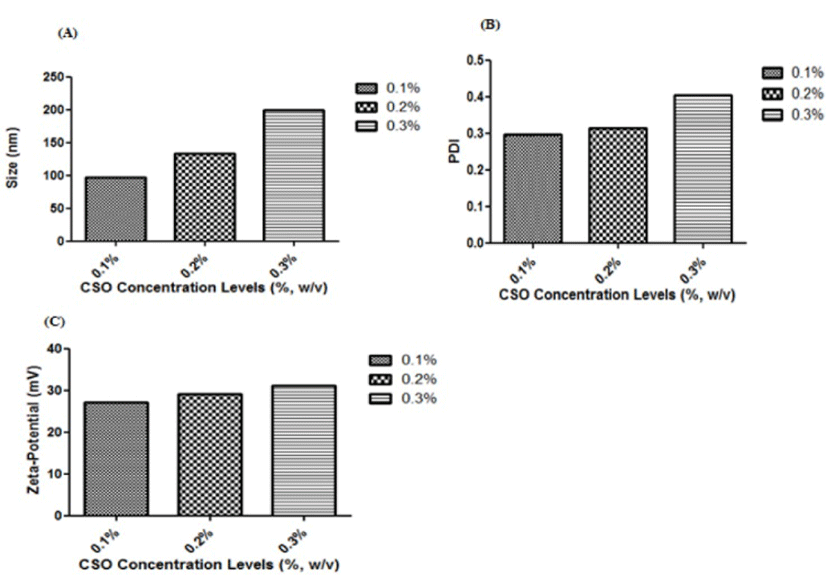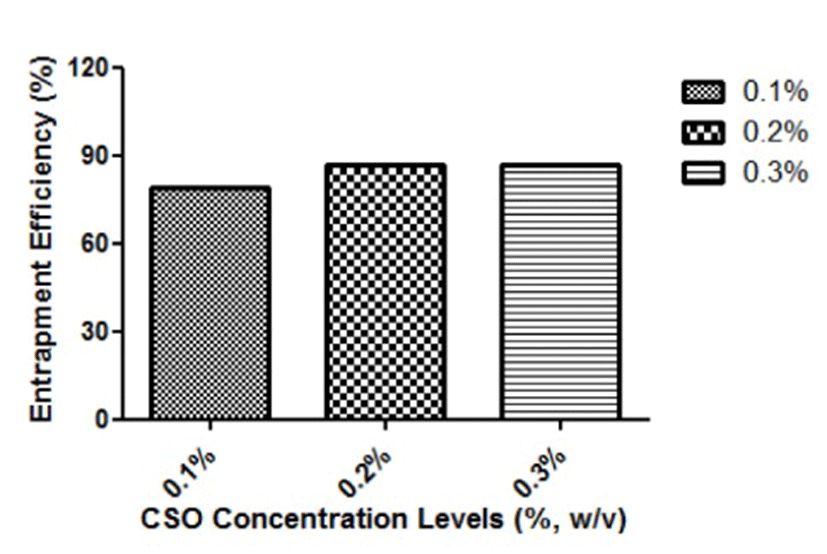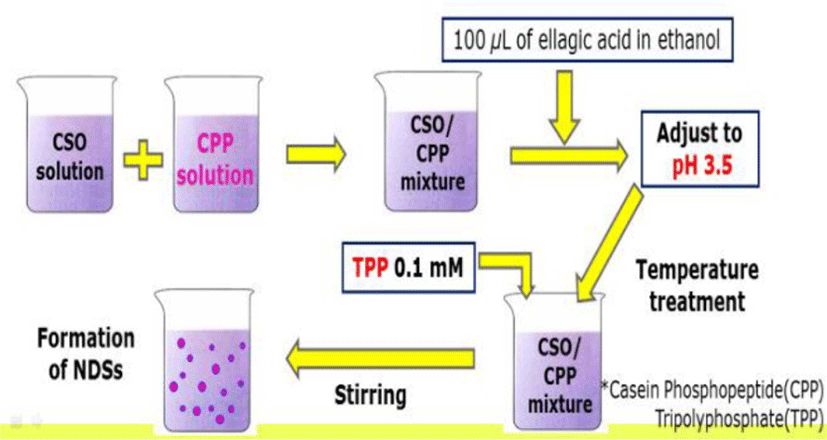Introduction
It has been proven that strengthening immunity of vulnerable groups such as infants, elderly people, and chronic illnesses is very important for promoting public health. Recent studies have shown that there is a strong correlation between immunity and anti-inflammatory function. Therefore, it is very urgent to enhance the anti- inflammatory capacity by improving dietary habits such as ingesting health-related anti-inflammatory functional substances, maintaining the constitution and improving the immune-strengthening component. Currently, most of the beverages with anti- inflammatory function in Korea are based on red ginseng or import process raw materials from foreign countries. Domestic berries such as raspberries and mulberries have high antioxidant contents such as anthocyanin, gallic acid and ellagic acid, which extract of these compounds have been investigated for their potential inhibitory effects against cancers. However, Few studies have investigated the anti-inflammatory properties of ellagic acid (Corbett et al., 2010). In addition, the above mentioned active ingredients themselves have very low bioavailability.
Nano-encapsulation can be used to collect the anti-inflammatory substance to increase the absorption rate in the body and protect chemically labile bioactive compounds during food processing and storage (Ha et al., 2013). Nanoencapsulation technology was used to develop and commercialize beverages containing EA nanoparticles.
Materials and Methods
Chitosan oligosaccharide (CSO, molecular weight: 20 kDa) was provided by Amicogen Co. (Jinju, Korea). Casein phosphopeptides (CPP) was kindly donated from FrieslandCampina Domo (USA). Ellagic acid (EA) and sodium tripolyphosphate (TPP) were purchased from Sigma-Aldrich Inc. (St. Louis, MO, USA). All other reagents were purchased from Sigma-Aldrich Inc. (St. Louis, MO, USA).
Chitosan Oligosaccharide (CSO) solution with various concentrations 0.1%, 0.2%, 0.3% (w/w) and 0.2% (w/w) casein phosphopeptides (CPP) were prepared in distilled water. 5 mL of CSO and 5 mL of CPP solutions were mixed, at room temperature. EA is dissolved in ethanol at a concentration of 5 mg / mL, and 100 μL is added to 9.9 mL of CSO/CPP solution and stirred for 5 minutes. After the addition of EA to CSO/CPP, solution was adjusted to pH 3.5 using 0.1 M HCl and incubated at 20℃ for 30 min. At the end of the incubation, tripolyphosphate (TPP) is added to the CSO/CPP solution at a concentration of 0.1 mM, and stirred for 30 minutes to prepare a nano delivery system that cross-linking with EA. The manufacturing process of CSO/CPP nano delivery system is described and schematized in Fig. 1.
The physicochemical of CSO/CPP nano-delivery system were observed with a particle size analyzer (Zetasizer Nano ZS, Malvern Instruments, UK).
The entrapment efficiency of the nanoparticles in the CSO/CPP solution containing EA is measured to confirm the degree of trapping of the EA. The entrapment efficiency was determined using (HPLC, Agilent 1260 series HPLC, Agilent Technologies, USA) as described by Ha et al. (2015).
Results and Discussion
The following experimental data were derived to confirm the successful production of the nanoparticles containing EA. The particle size of the nanoparticles containing EA was 100 to 200 nm were observed in particle size analyzer (Fig. 2A). It has been suggested that the physicochemical properties of nanoparticles, especially particle size, can be important factors affecting the bioavailability of encapsulated bioactive compounds since smaller size with larger surface areas may increase the transit time in the digestive tract (Ha et al., 2017). Polydispersity index (PDI) is expressed as values of itself between 0 and 1. When the PDI value is close to 0, it indicates that the nanoparticle is assumed to be homogeneously dispersed (Jeon et al., 2016). The value of PDI was 0.3∼0.4, indicating that the nanoparticles were uniformly distributed with similar size (Fig. 2B). Zeta-potential values were also similar between the control groups, indicating that the surface charge of the nanoparticles did not change significantly with the control group (Fig. 2C).

Entrapment efficiency (EE) of EA was closed to 90%, indicating that nanoparticles made by this manufacturing method are suitable for entrapping EA (Fig. 3). In addition, raspberry drinks can be manufactured by participating companies, and there is no unusual odor or sensual rejection when adding nanoparticles.

Conclusion
Entrapment of ellagic acids in dairy-protein based nanoparticles with various particle size were successfully made and edible or Generally Recognized as Safe (GRAS) and without any problems in being used as a food additive. There is no problem to add raspberry to beverage because it is tasteless and odorless. Therefore, we have successfully developed the domestic raspberry beverage manufacturing technology that contains the nano particles containing EA.







